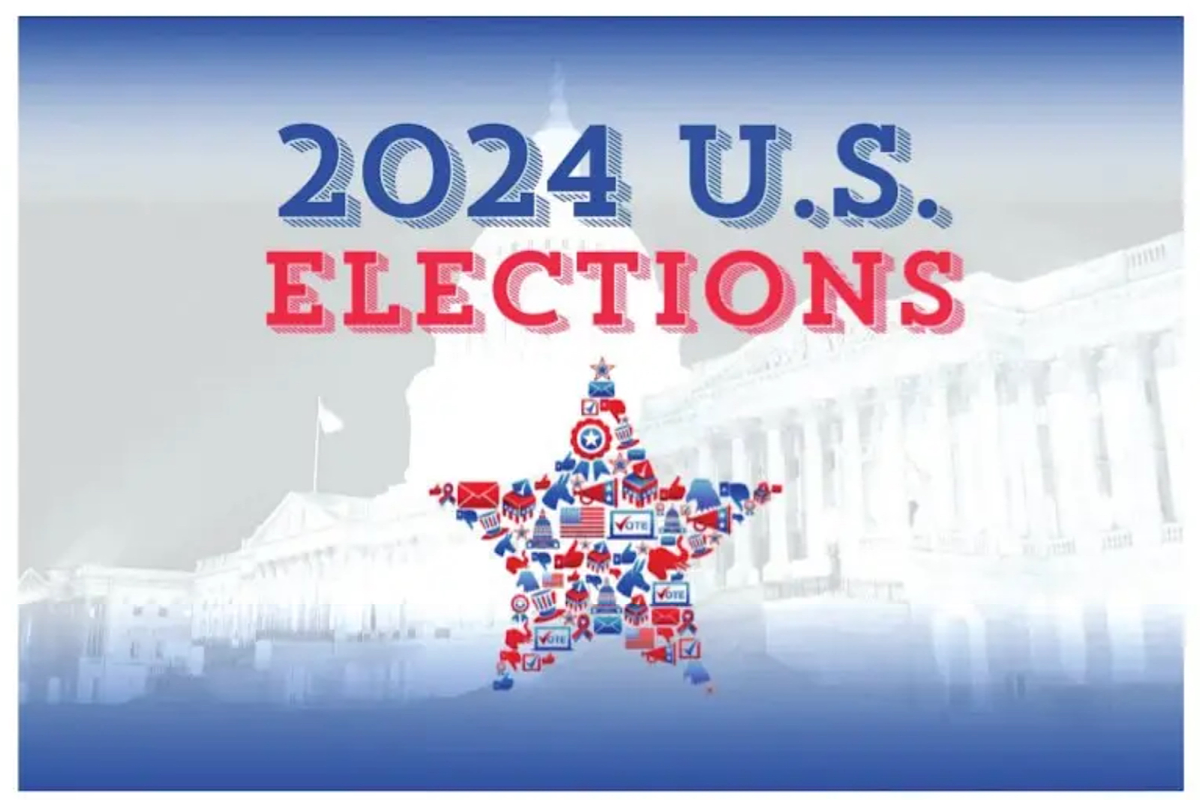Trade with Pakistan can help achieve 2047 goal
Prime Minister Narendra Modi wants India to become an advanced nation by 2047, exactly a hundred years after Independence.
From tight races and polarised electorates to variations between the Electoral College and the popular vote, the forthcoming U.S. 2024 presidential election is not going to be much different from the American elections of the past.

From tight races and polarised electorates to variations between the Electoral College and the popular vote, the forthcoming U.S. 2024 presidential election is not going to be much different from the American elections of the past. Extremely close presidential elections are in fact normal, and not exceptions, and even in other respects the elections of the last half of the 19th century had remarkable similarities to the outcome of the elections in modern times.
The last time that a president who had been defeated in his bid for re-election and later came back to win the White House was in 1892, when Grover Cleveland, the 22nd president, returned to become the 24th – the only president so far to win two nonconsecutive terms. That is the sole historical precedent that former president Donald Trump is trying to repeat this year. If we look beyond the Grover Cleveland precedent to American politics in general during the second half of the 19th century, there could be some insights from that era that might help us better understand our own political times.
Advertisement
The Popular Vote and the Electoral College: In the two decades between the presidencies of Ulysses S. Grant and William McKinley, neither of the two major political parties was dominant. Only one presidential candidate from 1876 to 1892 won 50 per cent or more of the popular vote, who was Samuel Tilden, the loser in the controversial 1876 election, who did obtain 50.1 per cent, but ultimately lost to his opponent in the Electoral College. Several presidential elections at the end of the 19th century were extremely close. James Garfield in 1880 won the popular vote by roughly 0.1 per cent and Cleveland won it in 1884 also by less than 1 per cent. He won it again in 1888 by a similar margin, but lost to Benjamin Harrison in the Electoral College. There were two similar results in the later part of the 19th century: Tilden and Cleveland, after winning the popular vote in 1876 and 1888, both lost in the Electoral College.
Advertisement
By contrast, twice in this century the winner in the Electoral College lost the popular vote: George W. Bush in 2000 and Donald Trump in 2016. Bush’s case, in winning the 2000 election was extraordinarily close; Florida with its votes in the Electoral College, held the key to the White House. The Florida State poll count was close, with only 0.5 per cent separating the two candidates. The Florida Supreme Court ordered a recount, but the U.S. Supreme Court overruled the State Court and gave Bush the victory Victory in the Electoral College in the second half of the 19th century turned out to be a moving target. The official tally needed to win the presidency changed no less than 14 times between 1850 and 1900 as new states were admitted to the U.S. Union.
At the end of the 19th century, relatively weak presidents in terms of popular support were further weakened by the absence of a ‘unified’ government, namely a single party in control of the House, Senate and the presidency. Garfield and his successor, Chester A. Arthur, Harrison and Cleveland each had two years of unified government but in the remaining 14 years between Grant and McKinley, the nation had a ‘divided’ government. However, a divided government is commonplace in American government today. In fact, a unified government is rare. The Republicans lost their majority in the Senate during George W. Bush’s first year in office. Bill Clinton, Barack Obama, Donald Trump and Joe Biden came into office with unified governments, but they lost the House of Representatives two years later.
The last president of the United States to have four years of unified government was Jimmy Carter. The end of the 19th century and the beginning of this one are also both characterized by polarised political parties and electorates and the absence of decisive elections that change the political ethos of the U.S.A. in major and long-lasting ways. Those types of elections are now always rare, and periods of highly competitive campaigns, like the one the U.S.A. is experiencing between Donald Trump and Kamala Harris today, have become the norm in American politics.
(The writer is India’s former foreign secretary.)
Advertisement